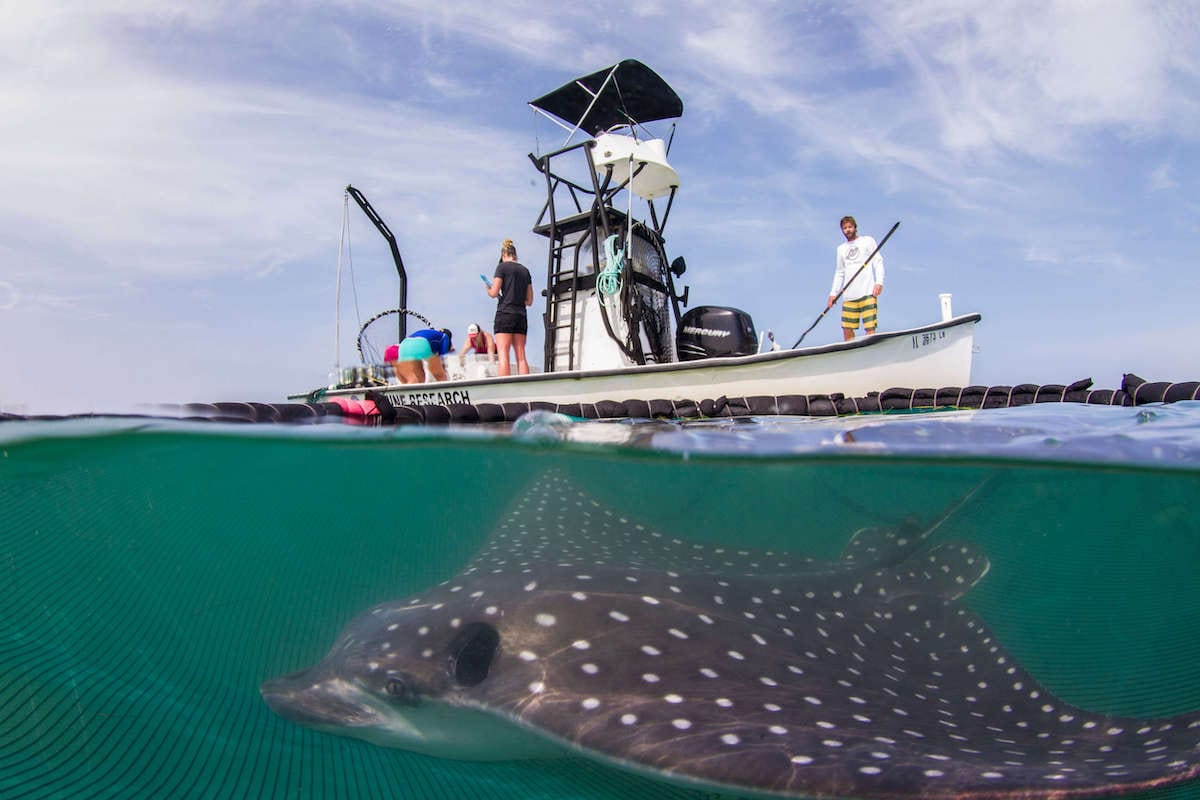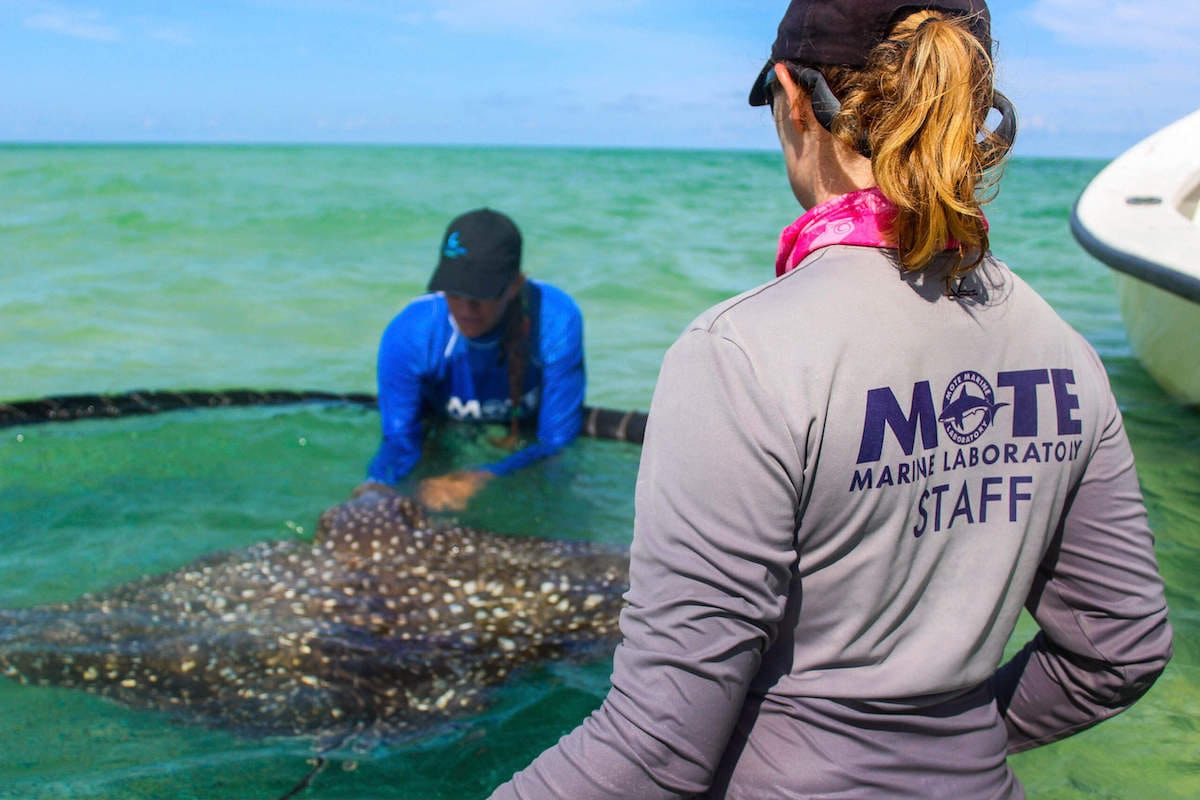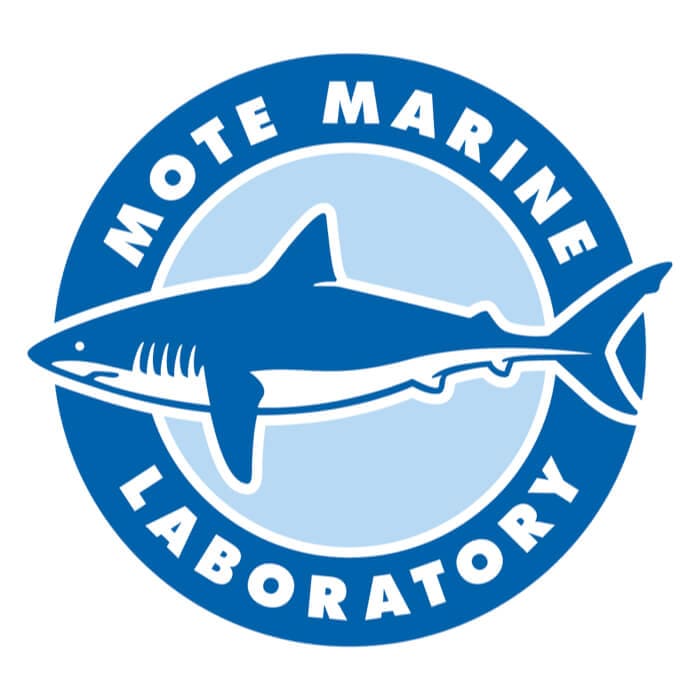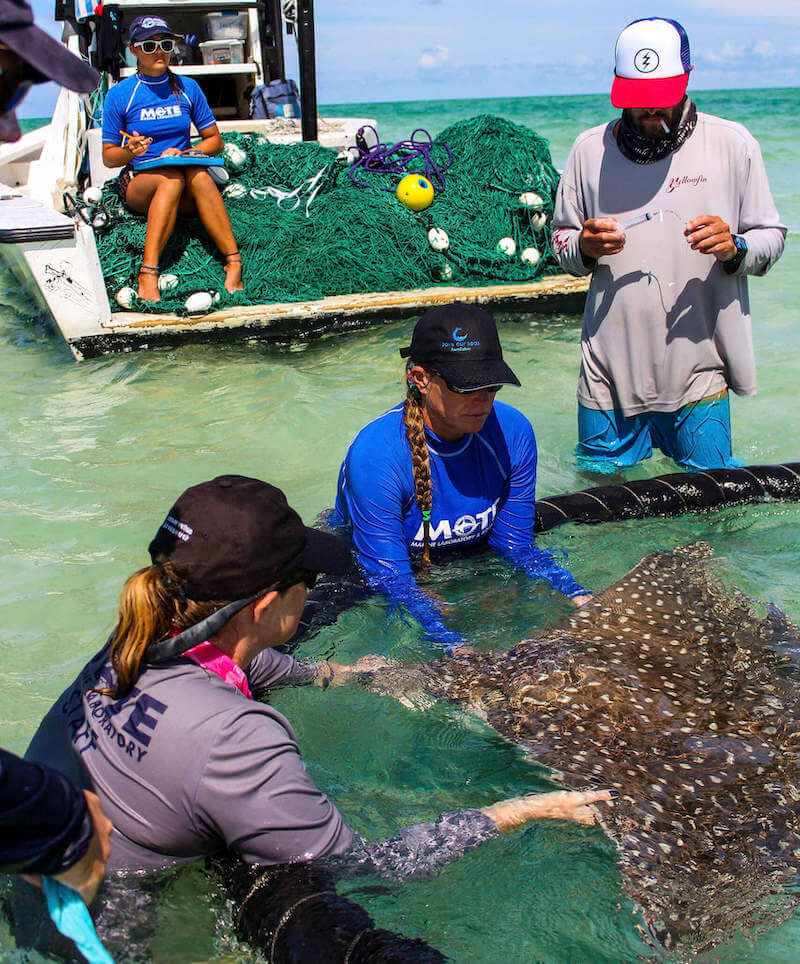Your purchases have donated $343,639 to marine science research and education!
Hey, we're Waterlust
We're in business to build a more sustainable world by bringing environmental science into your life in creative ways.
★★★★★
Waterlust is the best!
Great products, great customer service, great mission! Worth every penny.
- Michelle Rumbaut, TX


















Educational resources & donation included with every purchase. Learn more.
Known for their beautiful and unique spot patterns, spotted eagle rays fill key roles in the marine ecosystem. As both predators and prey, they eat animals such as clams and conchs, while also being eaten by large sharks. Worldwide, more than one-quarter of marine rays are threatened with extinction from targeted fisheries, bycatch and loss of habitat.
88% Repreve® RPET (recycled polyester made from post-consumer plastic bottles), 12% spandex
5% of sales will be donated to Mote Marine Laboratory & Aquarium's Sharks & Rays Conservation Research Program, to study the conservation, ecology and movement patterns of spotted eagle rays in the Gulf of Mexico, Atlantic Ocean and Caribbean Sea.
Orders are lovingly packaged using minimal packaging and eco-responsible materials, and shipped from our wonderful partner warehouse in Pennsylvania within the same or next business day. We’ll email you with your tracking info as soon as your order is shipped.
Learn more about shipping, exchanges and returns here.
Tag us @waterlust to be featured
It is illegal to fish for or kill this beautiful and charismatic ray in Florida waters, however they are not protected under federal laws and international protections are limited as well. The International Union for Conservation of Nature (IUCN), an organization that establishes the conservation status of species worldwide, lists them as near-threatened with a decreasing population trend.
Photo by Andy Deitsch/ Mote Marine Laboratory
Mote researchers tag spotted eagle rays to collect data on their life history, reproduction, and population status. Photo by Conor Goulding/ Mote Marine Laboratory.
Photo by Mote Marine Laboratory
In some countries, spotted eagle rays are harvested as food and are caught as bycatch (unintentional catch in commercial fisheries that target other species). Spotted eagle rays also face a variety of threats from habitat loss, harmful algal blooms, and entanglement in fishing gear. These threats, combined with their extremely low reproductive rate, make these rays vulnerable to population declines. To help create better conservation management plans for this species, Mote and other research institutions are defining the distribution, migration, feeding habits, growth rates, and reproductive biology of spotted eagle rays.
“The partnership between Waterlust and Mote Marine Laboratory & Aquarium is a brilliant way to marry eco-friendly practices with eco-friendly people, like Mote scientists! When you purchase Waterlust spotted eagle ray products, you are giving back to Mote Marine Laboratory research programs that are ultimately helping conserve our ocean habitat.”
Haley Burleson, Community Event Coordinator / Social Media Manager
the Mote Marine Laboratory and Aquarium's Sharks & Rays Conservation Research Program
Founded by Eugenie Clark in 1955, the program has been a leader in advancing the causes of shark and ray conservation worldwide. In 2009, Mote researchers initiated their conservation research project on the life history, reproduction, and population status of the spotted eagle ray. Mote biologists have sampled, tagged and released hundreds of spotted eagle rays off the SW Florida coast to gain a better understanding of their biology, population structure and migratory patterns in the Gulf of Mexico.
The Spotted Eagle Ray Project goals are two-fold: 1) In collaboration with project partners, Mote biologists are collecting data to characterize the population structure, biology and ecology of this ray in the Gulf of Mexico, Caribbean and Western Atlantic. 2) Mote biologists are engaging with community and citizen scientists to “rays” public awareness, enhance conservation capacity and improve educational outreach about spotted eagle rays and other marine rays around the world.
I love eagle rays and love this print!
Love the suit
Spotted Eagle Ray Reversible Top
I bought this for a dive trip and from the first day I put it on I was blown away. As a bigger chested girl (DD), sometimes swim tops are either cute or they’re supportive and rarely a balance - but this managed to exist perfectly between them. I wore this out all day even on days I wasn’t diving. I won’t be running in it, but it felt so comfortable and secure walking around and going on hikes, and doing yoga and weights. I got so many compliments on it when I used it as a swim top. I’m also glad it’s reversible too so I can mix it with different bottoms. 10/10 would recommend to anyone looking for a mix of a swim top and a medium support bra for larger busts.
Purpose-Driven, Family-Run
Advocate for Marine Conservation
Donate to Research + Education
Eco-Responsible
Notify me when available
We will send you a notification as soon as this product is available again.
We don't share your email with anybody




